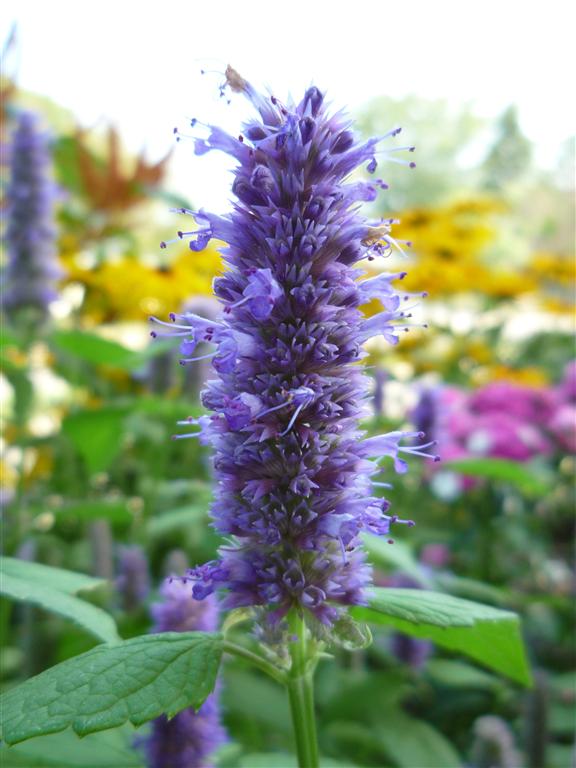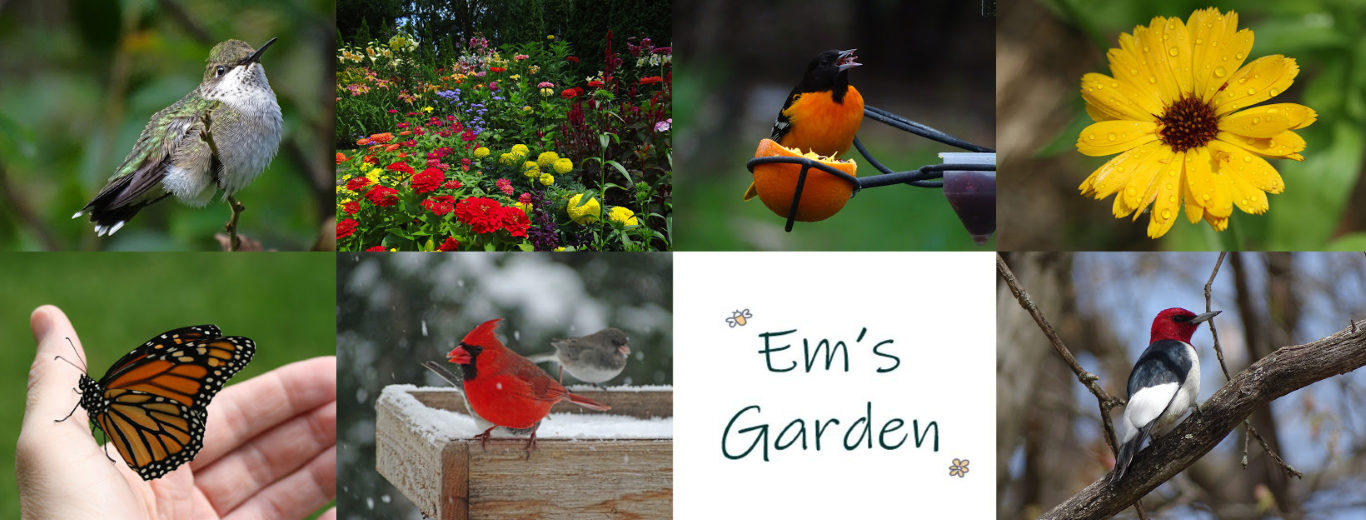
Every year I sprout a few anise hyssop (Agastache foeniculum) plants from seed for my annual beds. Some years it works out great and other years the plants that come up behave strangely. Last summer I grew a hybrid variety and all my anise hyssop plants grew about 10 inches tall and stopped. They were supposed to grow 24 inches tall, so you can imagine my disappointment when all of them were buried in the back rows of my flowerbeds.
Anise hyssop (also called licorice mint) is a perennial herb in Zones 6-10. The leaves smell like licorice when you rub or crush them, and they are used in teas or sprinkled over salads. I grow anise hyssop for the lovely lavender flowers that make the bees crazy and also attract hummingbirds. The flowers readily self-seed, and every spring I get quite a few volunteers that are easy to dig up and relocate.
Anise hyssop thrives in partial shade which is why I always like to sprout a few each year in addition to the volunteers I get. There are many hybrids available, but I have the best luck with the native plant which grows 24 to 42 inches tall. After a mild winter, some of my plants will return as perennials in my Zone 5 garden.
It finally dawned on me late last summer that I should collect the seed from some of my more reliable plants in the yard and sprout those instead. So that’s what I did. I cut off a few flower heads as they were fading and let them dry in a tray in my basement over the winter.
A few weeks ago I tapped the seed heads into a small tray. Thousands of tiny, black seeds fell out. I sowed some of them and only a few days later I had little anise hyssop plants popping up all over the place. In fact I had to pull out scores of plants that sprouted up because the germination rate was so successful.
I love petting the tiny leaves when I tend to the plants because even though they are very small they already give off that licorice scent.

